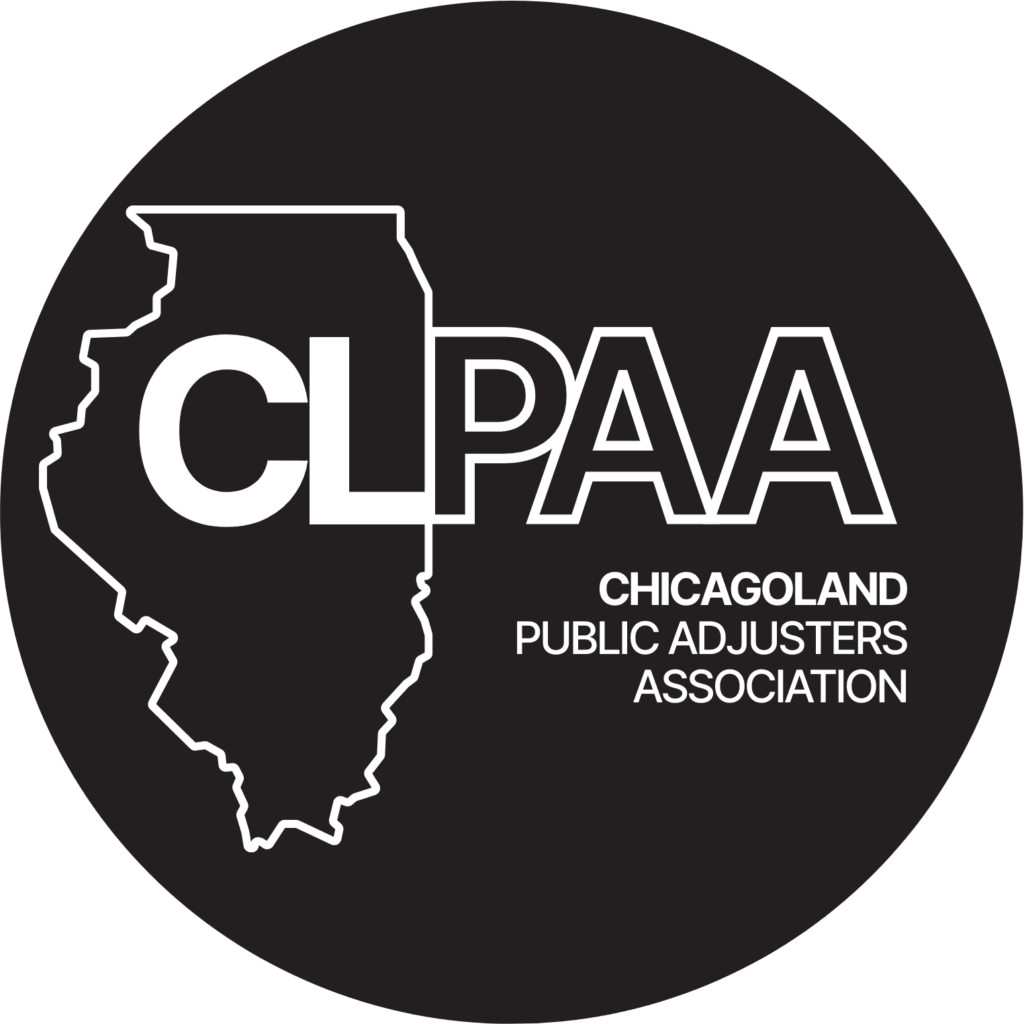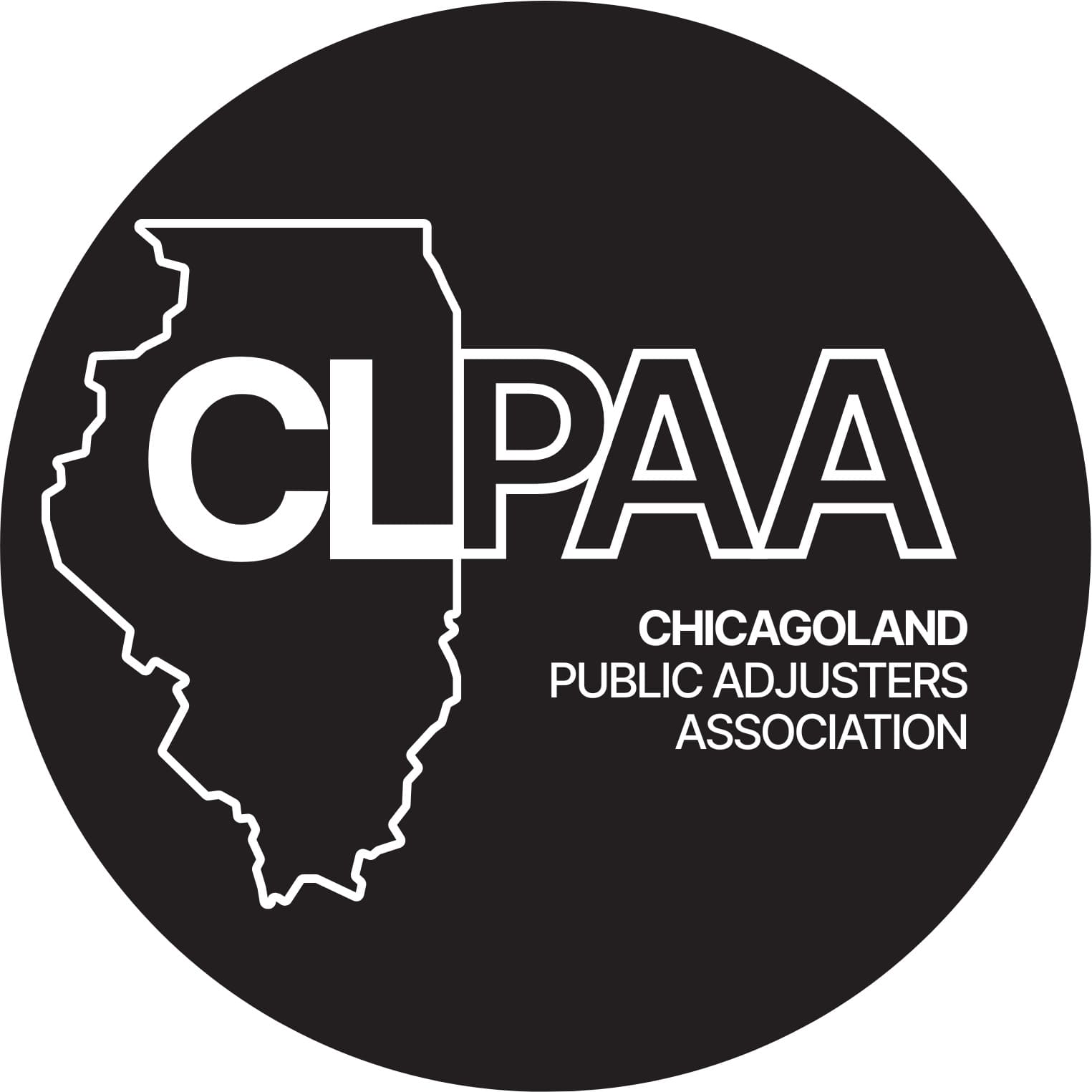
Winter is in full swing, and many plumbing systems are at risk of freezing and bursting. Although you can always try to control the water from a burst pipe, you will likely have water damage after. Filing a burst pipe insurance claim is the only way to receive reimbursement for the damage your property suffers.
Burst pipe claims can get complicated quickly because your insurer may find loopholes to deny your claim. For instance, they may claim that your plumbing system was old and the burst pipe was from wear and tear. Therefore, we put together a guide for filing a burst pipe claim. We will take you through the claims process and show you how to avoid underpaid claims.
Here is how to file a burst pipe insurance claim:
1. Mitigate the Damage
Don’t just let the burst pipe keep leaking water in your home. If you don’t know what to do after a burst pipe, start by shutting off your main water valve. This will stop water flow into your plumbing system. You should also mop up any spilled water, as it can damage your floors and walls. Lastly, don’t forget to call a plumber for some help.

Your insurer is more likely to deny your claim if they discover that you watched the damage worsen. Therefore, ensure you try to stop the water from the burst pipe and get a plumber to examine it immediately.
2. Contact Your Insurance Provider
You should contact your insurer to inform them of the damage as soon as possible. Many insurance providers have a timeframe within which you must report damage. For example, your policy might state that you must report damage within 48 hours after it occurs. Your insurer may deny your claim if you don’t follow your policy’s instructions.
Explain the nature of the damage to the representative and ask for details about the claims process. You should also request a copy of their claims form and any additional documentation they may require.
3. Document the Damage
Take pictures and videos of the water damage and its aftermath. Include pictures of any peeling paint, damaged flooring, and water-saturated personal items. You should also create an inventory of all the damaged items. Most insurance companies request this list and use it to calculate your settlement. Therefore, consider adding the purchase prices and receipts of these items for easier claims processing.
4. Fill Out the Claim Form
Your claims process does not start until you fill and submit the claim form to your insurer. Reporting the damage is simply informing your insurer of the current situation. On the other hand, submitting the burst pipe insurance claim form is an active request for reimbursement. Think of the claim form as a direct message to your insurer asking for financial compensation.

Therefore, fill out all required aspects of your claims form. Ensure you only provide accurate, truthful, and honest answers. If your insurer suspects foul play, they may deny your claim and refuse to insure you in the future.
5. Hire a Public Adjuster
Public adjusters smoothen the claims process for you. They gather documentation, provide evidence of damage, and negotiate the claim. If you handle your burst pipe insurance claim yourself, you will likely submit only pictures and videos as evidence.
However, a public adjuster will hire a professional to create a moisture map that is an official damage record. This prevents the insurer from claiming that a preexisting issue caused the burst pipe.
Additionally, the public adjuster will negotiate your settlement to get you an amount sufficient to cover your loss. You can relax when you have a public adjuster because they will manage every aspect of your claim.
6. Record All Expenses
You will likely have to pay some money out-of-pocket for temporary repairs. The insurance company usually repays this money. However, you need to prove that you spent that amount before they can calculate it as part of your settlement. For example, you may have paid the plumber $600. If you cannot provide a receipt of this payment, your insurer will not reimburse you.

Thus, ensure you record all your out-of-pocket expenses, excluding your deductible. Scan physical copies of invoices and receipts. Consider creating a file on the cloud for these documents so you can always access them. Finally, send copies to your insurer and explain that they are for your burst pipe insurance claim.
7. Negotiate and Receive Settlement
Insurance companies often assign insurance adjusters to a claim to assess it. You should ask your public adjuster to speak with the insurance adjuster. This is to help you avoid falling for the insurance adjuster’s tricks to undervalue your claim.
When your insurer finally makes the first settlement offer, ask your public adjuster to negotiate it. The first offer is usually a lowball offer, and desperate homeowners often fall for it when they can receive so much more. Your public adjuster will use all the evidence of damage and any repair estimates to get you a higher settlement.
Once the negotiation phase ends, you can receive your settlement and the financial compensation you deserve. Different insurers pay settlements in different ways. It is common for insurers to issue a check, or they may also pay it directly to you.
Does Homeowners’ Insurance Cover Burst Pipes?
Homeowners’ insurance generally covers damage from burst pipes. However, a covered peril must have caused this damage. For instance, let’s assume your policy does not cover earthquake damage. If an earthquake causes your pipes to burst, your insurer may deny that claim. However, if a covered peril like ice causes your pipe to freeze and burst, your insurer will cover it.
Conclusion
A burst pipe insurance claim does not have to cause you mental and emotional strain. Ensure you mitigate the damage when it occurs and report it to your insurer promptly. Fill out the claim form on time to avoid a prolonged claims process. Additionally, you should keep track of every repair you pay for before the claim is settled. This way, you can receive reimbursement.
Read your insurance policy to understand what is covered and excluded. This will help you avoid filing the wrong kind of claims. It will also help you enjoy any added benefits from your policy, such as loss of use coverage.
Hiring a public adjuster is essential when filing a burst pipe insurance claim. On-Site Adjusting has a team of public adjusters who are known for their claim-negotiating skills. Send us a message today and we will evaluate your claim for free!












